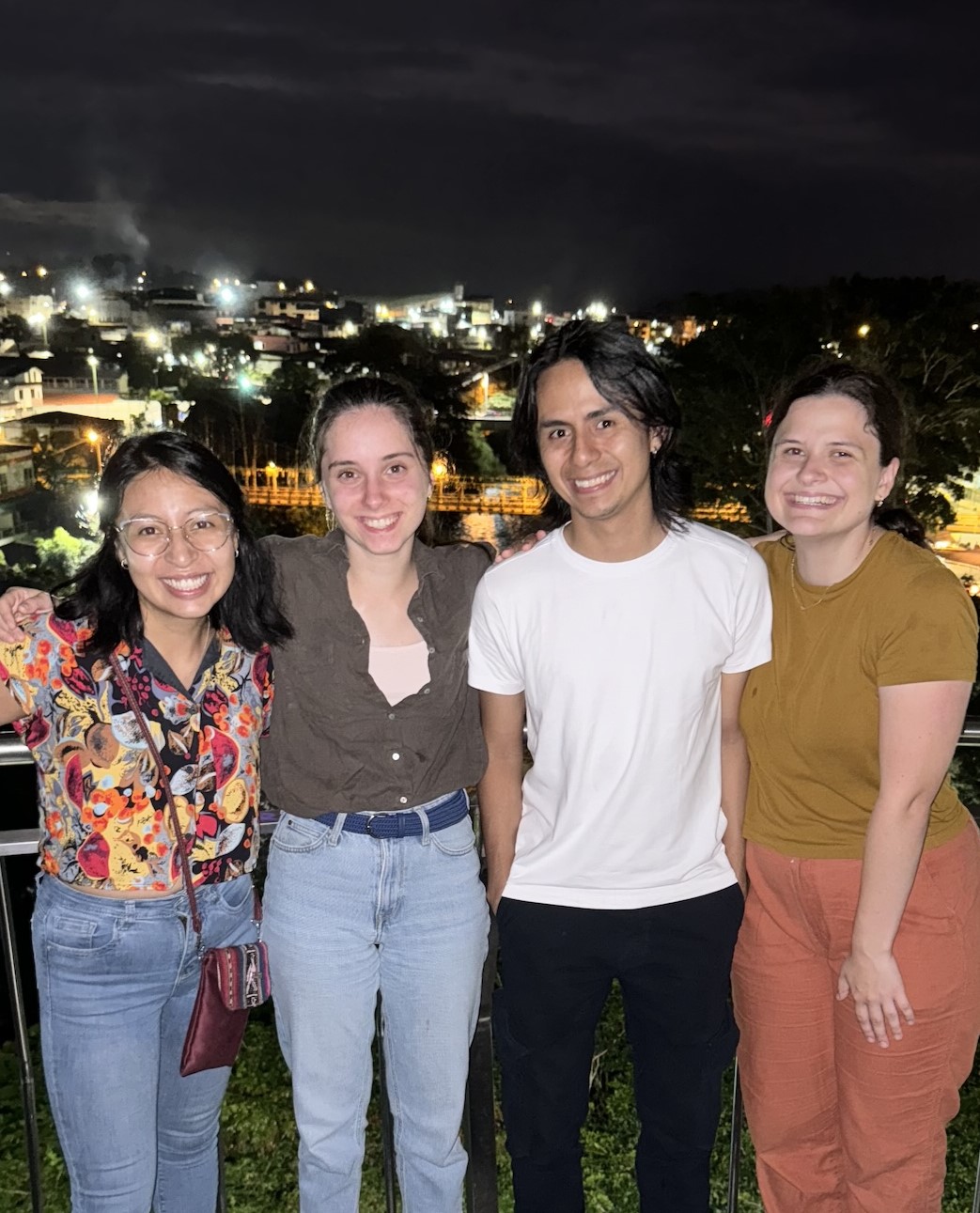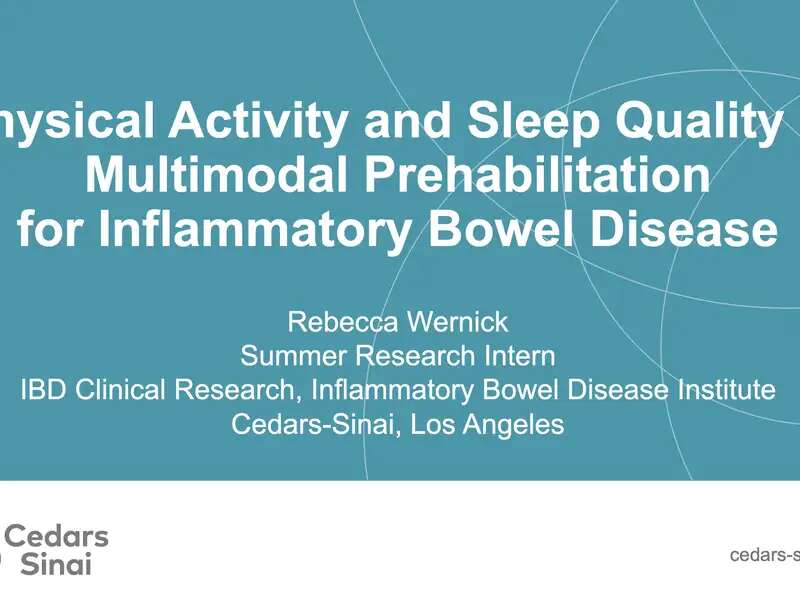Working at the Smithsonian was a once in a lifetime experience, which helped me grow immensely as a scientist and member of my Barnard Community.
I had the opportunity to learn how to perform CRISPR-Cas9 injections for the Heliconius wing patterning project I wrote about for this blog. I also got to work on a separate project studying the influence of a sexually dimorphic iridescent patch on Parides butterflies on mate choice behavior. For both of these projects, I spent time learning how to rear butterflies.
I was also able to attend my first two conferences as part of this internship as well. Celebrating the 100th year anniversary of the first field station at the Smithsonian Tropical Research Institute, I attended the Barros Colorado Island 100 conference. This conference taught me about the wide range of research that happens at the Smithsonian Tropical Research Institute in its many locations across Panama. I also traveled to Tena, Ecuador for ELEN VIII–a conference on neotropical lepidoptera. When in Ecuador, I was able to travel with my lab to other parts of the country where we were able to visit many mariposarios, or places where butterflies are raised, and learn to collect butterflies in the wild.
By performing this research and attending these conferences, I have learned more about where my research interests lie. For instance, I have discovered that I am most interested in projects which involve genomics. I have also been able to grow connections with researchers from across the world, with researchers in my lab coming from many countries such as the United States, Ecuador, France, and Brazil.
Finally, I am excited to take my new knowledge from this wonderful experience and share it with my community. After returning to the United States, I ran the camp programming for Kesem, a summer camp for children affected by a parent's cancer with a caterpillar and butterfly mascot.
For the STEM activity, I taught the campers about the life cycles of butterflies (egg, caterpillar, chrysalis, and butterfly) and gave them a chance to touch caterpillars. Campers and counselors alike have been very interested in my explanations of how these stages can look very different in different species of butterflies from different parts of the world. I am also excited to bring my developmental biology research background to my job as the TA for Development this term. I hope to show other students how amazing developmental biology research can be.


